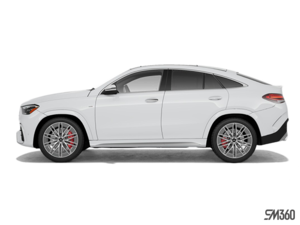Mercedes-Benz EQS: faster charging than the Tesla Model S Plaid
August 26 2021,

When the EQS sedan hits the market next year, it will be the largest electric car in the Mercedes-Benz lineup. A cousin of the S-Class, it will offer different battery configurations, luxury in spades, and what promises to be interesting features.
Already, we're talking about a range of around 600 km. Official figures are still awaited for our markets, but on the European cycle, the announced capacity is 770 km. This is going to be great.
Of course, the car is going to meet some strong rivals on its way when it arrives, including the Tesla Model S Plaid, the ultimate performance version of the electric grande dame.
Who will have the edge on the road? We'll have a chance to find out in due course, but when it comes to charging, the German proposal will take the cake.
Let's take a look at some of the figures that have just been published on this subject. Note that the comparison is made with the most powerful battery of the EQS, a 115 kWh unit, of which 107.8 kWh is usable (94%), and that the exercise concerns a recovery of about 5% of capacity up to 80%.
What struck the experts who analyzed the car's performance was how quickly it reached its maximum charging power. It even exceeded it somewhat, reaching 207 kW despite an announced optimum performance of 200. Thus, as soon as it is plugged in, the EQS recovers, and quickly.
In concrete terms, it operates at maximum capacity until the percentage of load exceeds 20%. After that, its power gradually decreases until the 80% capacity is reached. At this point, the power is 115 kW.
The average power during charging is 155 kW. This compares with 130 kW for the Tesla Model S Plaid. The latter reaches a higher power at 250 kW, but as soon as 42 or 43% of capacity is reached, it operates less quickly than the EQS.
In the end, to see the capacity go from 20% to 80%, it will take 25 minutes with the EQS, 27 with the Tesla Model S Plaid.
In fact, 27 minutes is about the time it takes the EQS to go from 10% to 80%. And in the test it took 31 minutes to go from 4% to 80%.
All in all, impressive results. Clearly, the EQS has more surprises in store for us.





